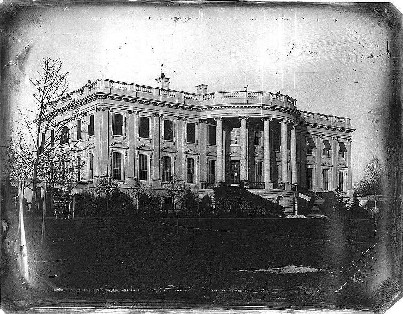That’s right, just released this Friday afternoon May 6th, is Reinvesting in Arts Education: Winning America’s Future Through Creative Schools.
I love that title, and can only wish their words to Arne Duncan, all the chief state school officers, all the school superintendents, and all the school principal’s ears…
I am a big fan of Rachel Goslin, who runs the President’s Committee. I am eager to spend some time with this and I hope that you will too!
The PCAH’s goal is to support a climate in American schools where all students are engaged, where they come to school and to class eager to learn, where they speak and write and solve problems with self-confidence and discipline, and where their innate gifts of creativity and innovation are nurtured and encouraged. We would like to see classrooms where teachers develop new ways of working with students and collaborating with their colleagues to motivate the best performance from their classes. We want to create schools where every student feels he or she is good at something and where all teachers feel they have the tools they need to reach their students. As we have seen in our travels across the country, schools like these generate productive students, strong teachers, and in engaged community. PCAH stands ready to partner with public agencies and the private sector to further develop and implement the recommendations above and to increase access for all students to these types of high quality educational experiences.





The report’s a breath of fresh air in a room that has felt like the oxygen has been removed for some time. It builds a smart and comprehensive case for the value of arts ed, and then offers just five broad and strategic recommendations. Knowing just how fractious the field is, they will draw criticism from some quarters. But as you say, Richard, it is time for us to start to adapt to new (and not-so-new)realities. Teaching artists have been an important resource in arts ed since they began working in the settlements more than a century ago, when they began developing an approach grounded in the principle that arts ed was for everyone, not just the particularly talented. That required a pedagogy and curriculum different from the traditions of the conservatory. It has been emerging in their work over the last hundred years. Bringing that into the schools has been a very good, not a bad thing, and we can no longer afford to dismiss what they have already contributed to keeping the arts alive in schools over the last thirty years. Arts specialists who are collaborating with teaching artists in schools can help show us how to build an arts ed system that includes both TAs and specialists. Arts integration is a serious innovation to pedagogy and curriculum that has shown itself to be a powerful vehicle for engaging students and deepening learning in the arts and in other subjects. Yes, it can be just as trivial as bad disciplinary arts education, but when it is good, it trivializes nothing and can help make schools work for all students. It deserves serious developmental support, as the report urges. There are so many forces working against arts ed in our schools; the worst thing we can do is continue fight amongst ourselves. The report shows us a way to move forward together.